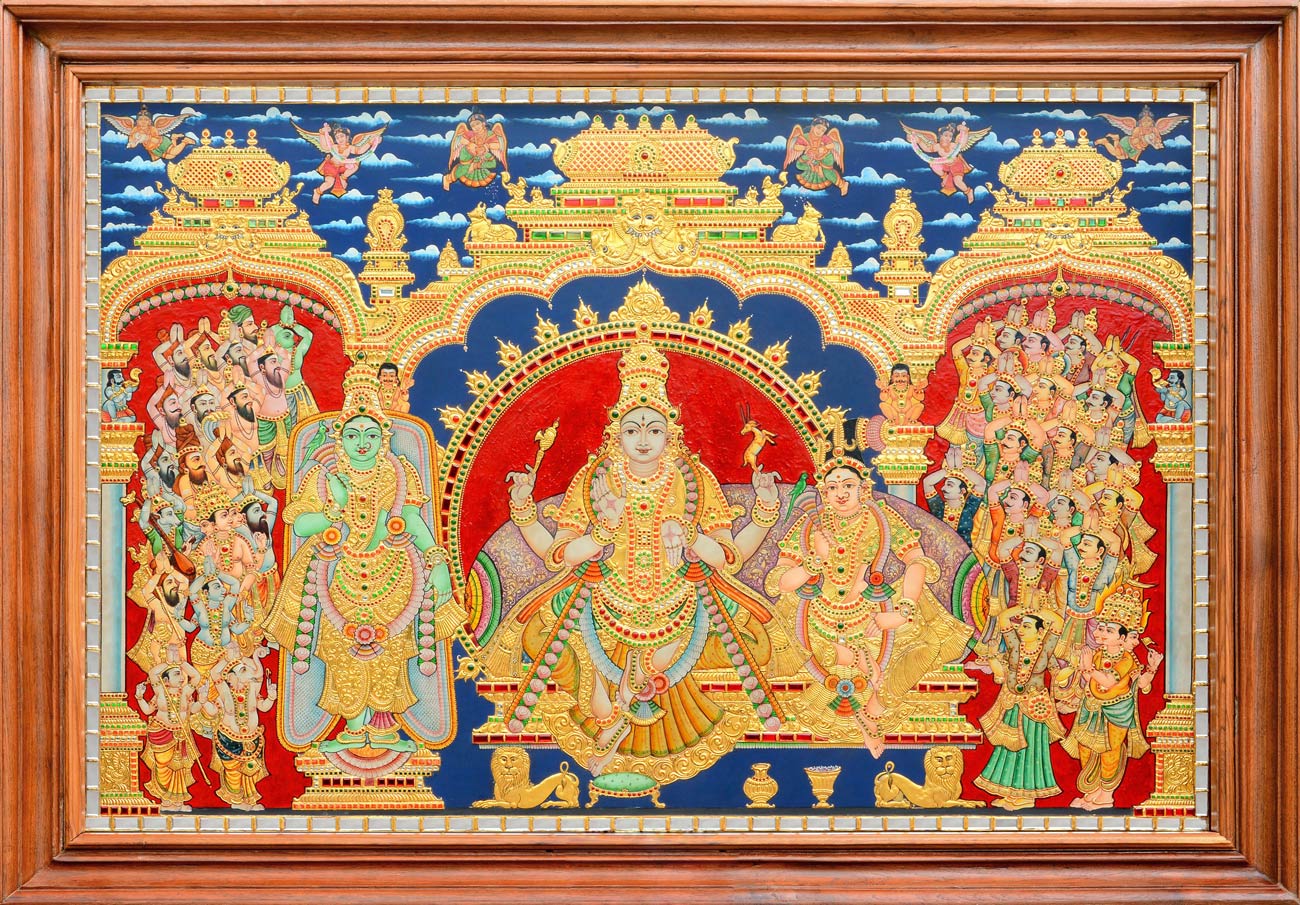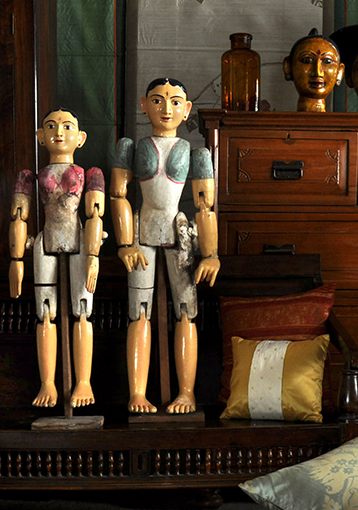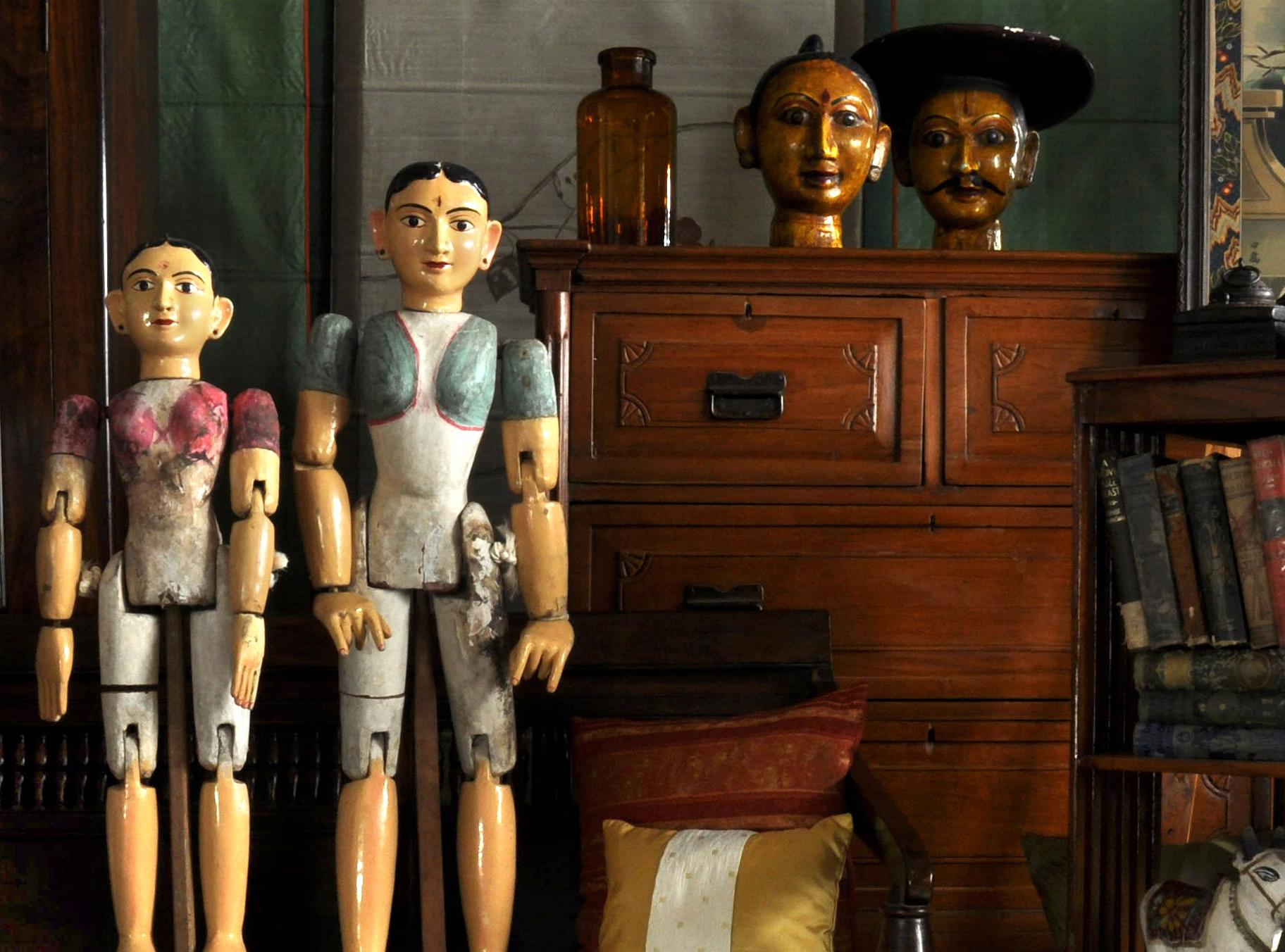- Home
- Meenakshi Incarnation
Loading...
Meenakshi Incarnation
All orders are insured for transit.
We ship worldwide.
All orders are insured for transit.
We ship worldwide.
Details
| Size: | 66 x 6 x 46 inches |
| Medium: | Tanjore Painting |
| Period: | 21st century |
| Lead Time: | 75 days (if not in stock) |
Description
In the temple at Madurai, in Tamil Nadu, India, Shiva is not depicted as a wanderer. Instead, he is depicted as a family man, clad in jewels and silks, as seen in this Tanjore painting. Shiva is treated as the consort of queen Meenakshi, and not the other way around, because in Madurai, she rules the land, and has a special place in the hearts of the local people.
-
Description
Read MoreMeenakshi is the tutelary deity of Madurai, known to be a reincarnation of Goddess Parvati. Meenakshi is an amalgamation of the words ‘meen’ (fish) and 'akshi' (eyes) meaning ‘fish-eyed’ goddess, considered as a mark of beauty. The lore of Meenakshi begins with King Malayadhwaja Pandya and his wife Kanchanamalai performing a yajna (sacrificial rite) seeking a son for succession. Instead, a three-year-old girl, with fish-like eyes and three breasts appeared from the fire. The gods guided the royal parents to raise her as a son, and reassured them that she will lose the third breast when she meets her destined consort. The warrior princess grew up to be crowned as Malayadhwaja Pandya’s successor, and her her army to many different places. Upon meeting Shiva in the Himalayas, her third breast vanished, and she requested Shiva to marry her. Shiva told Meenakshi to return to Madurai and wait for him. He arrived a few days later in the form of Sundareswarar, and when they got married, she took up her true form as his divine consort, Meenakshi Amman. The central figures in the exquisite Tanjore painting are the divine couple, Sundareswarar and Meenakshi at their wedding. On the left, Goddess Meenakshi is depicted in her characteristic green-tinted appearance and a rose-ringed parakeet nestled on her shoulder. Dancers, rishis, and other common persons surround the central figures.
In the temple at Madurai, in Tamil Nadu, India, Shiva is not depicted as a wanderer. Instead, he is depicted as a family man, clad in jewels and silks, as seen in this Tanjore painting. Shiva is treated as the consort of queen Meenakshi, and not the other way around, because in Madurai, she rules the land, and has a special place in the hearts of the local people. -
ABOUT Tanjore Paintings
Read MoreTanjore paintings or Thanjavur paintings are named after the city of Thanjavur in Tamil Nadu, India, where they developed as an artform. As early as the 1600s, the city of Thanjavur, under the leadership of the Nayakas, served as the cultural capital for several kingdoms that ruled South India, actively encouraging painting, music, dance and literature. The unique style of Thanjavur or Tanjore painting as known today, is known to have flourished in the Maratha court of Thanjavur between the 17th and 19th centuries. King Serfoji II played a particularly significant role in developing this artform.
Tanjore paintings are characterized by well-rounded, pristine-looking deities painted in vivid colours. The ornaments, arches and sometimes even the deities are adorned in luxurious gold foil, inlaid with glass beads, and sometimes precious and semi-precious gems. The harmony between classic deep-toned colours and the jewel stones dipping into the lush gold foil, stages a grand ambience in the artworks. Apart from the gold leaf technique, Tanjore paintings are also famous for their unique gesso work. Gesso work is masterfully done to elevate the main characters and bordering arches from the surface, that gives a captivating three-dimensional depth to some Tanjore paintings.
Also known as palagai padam – meaning “picture on a wooden plank” – Tanjore paintings were originally completed on boards made from jackfruit or teak wood. Artists used vegetable and mineral dyes for the vibrant depictions of Hindu gods and goddesses. Over time, with rapid commercialisation of Tanjore paintings, plywood began to replace jackfruit and teak wood, while chemical paints took over the rich and dense natural colours. Bal Krishna, Lord Rama and Goddess Lakshmi are common subjects in Tanjore paintings, amongst others. Although extremely rare, some Tanjores also depict cultural personalities and occasionally, those from politics.
Finely curated, premium Tanjore paintings that breathe life into its true historical craftsmanship, have now become scarce. In their time-honoured technique and timeless depictions of mythological deities, authentic Tanjore paintings forward the legacy of Indian heritage across generations.
-
Details
Size: 66 x 6 x 46 inches Medium: Tanjore Painting Period: 21st century Lead Time: 75 days (if not in stock) -
Returns
We accept returns within 7 days of delivery if the item reaches you in damaged condition. -
Shipping
Shipping costs are extra, and will be calculated based on the shipping address.All orders are insured for transit.
We ship worldwide.
This item has been added to your shopping cart.
You can continue browsing
or proceed to checkout and pay for your purchase.
This item has been added to your
shopping cart.
You can continue browsing
or proceed to checkout and pay for
your purchase.
This item has been added to your wish list.
You can continue browsing or visit your Wish List page.
Are you sure you want to delete this item from your Wish List?
Are you sure you want to delete this
item from your Wish List?


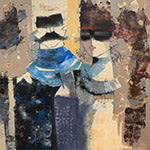
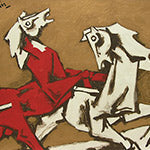

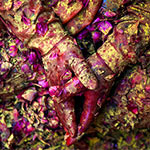
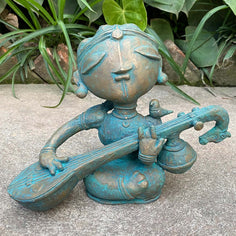
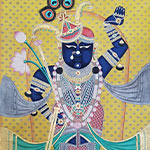
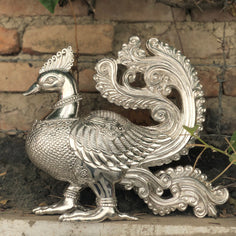
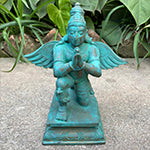
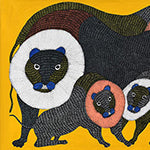
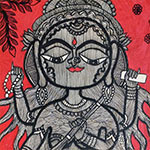
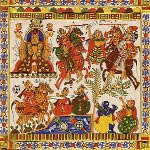
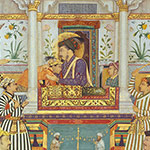
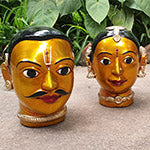

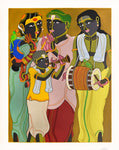
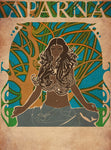
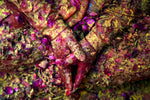
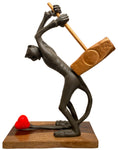
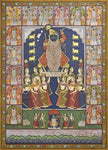
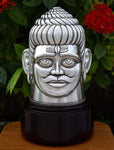



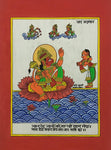
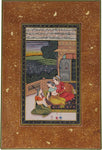
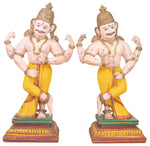
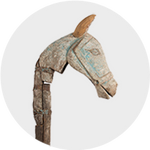
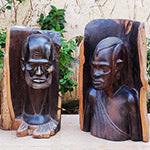
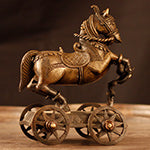

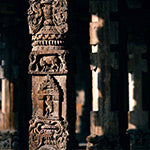
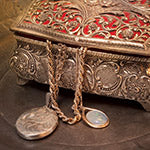
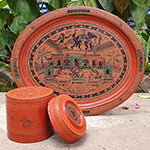
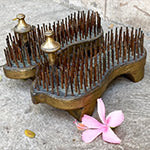

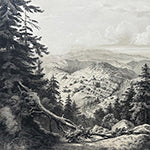
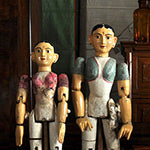
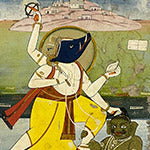
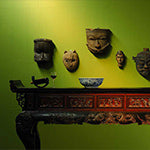
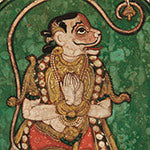

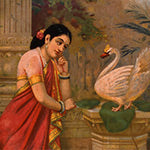
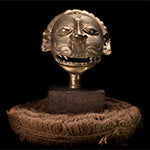
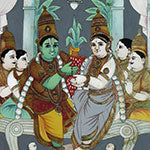
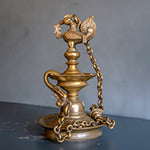
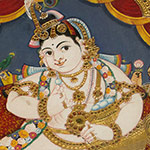
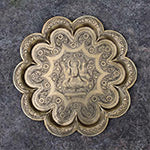

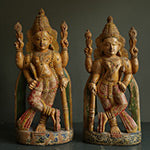




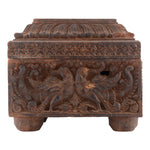
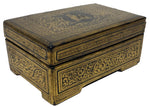


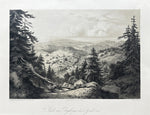


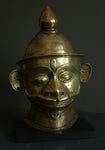
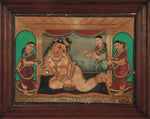
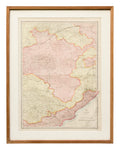
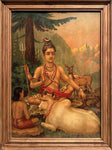

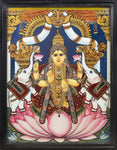

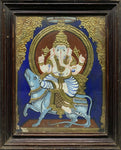
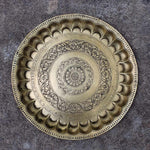
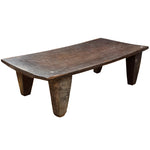
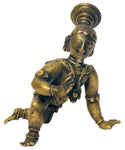


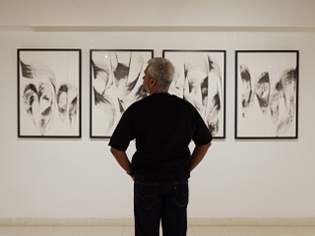





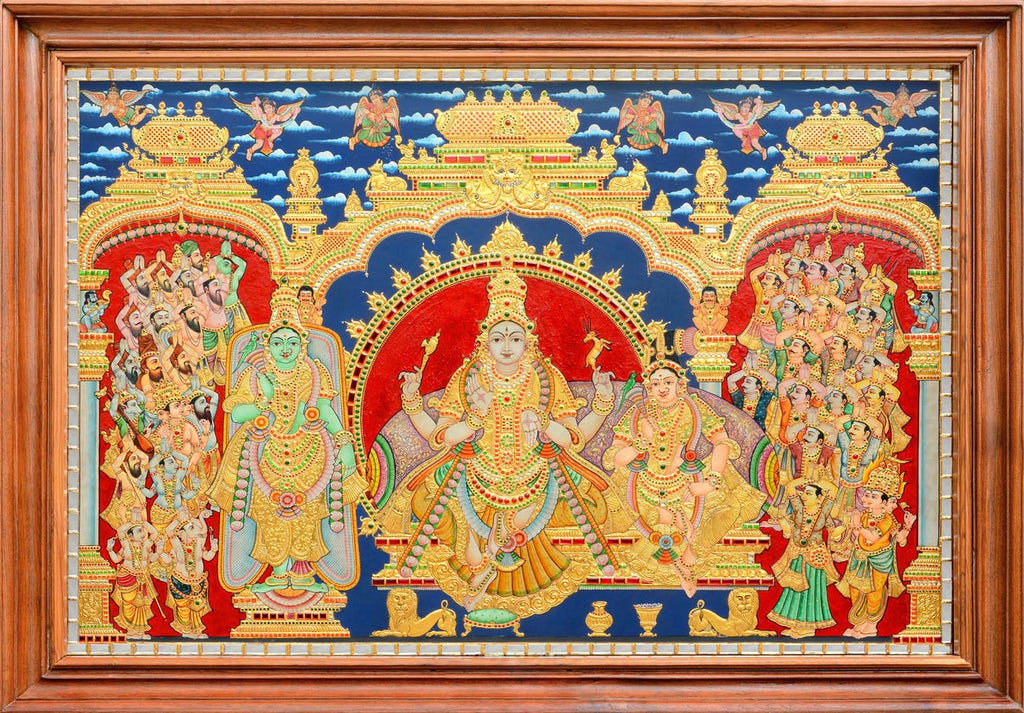
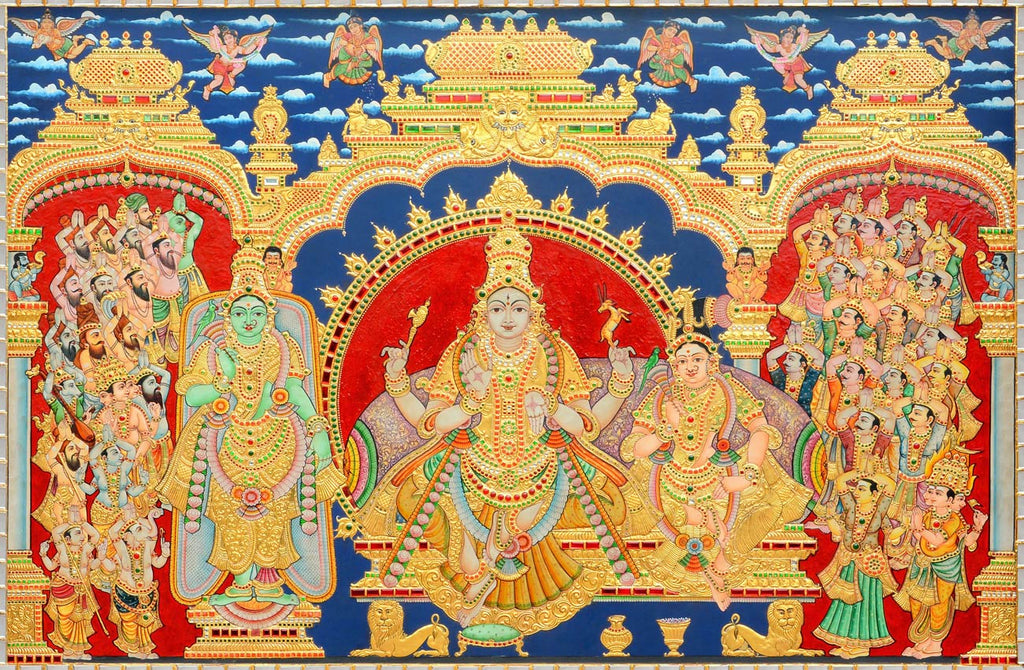
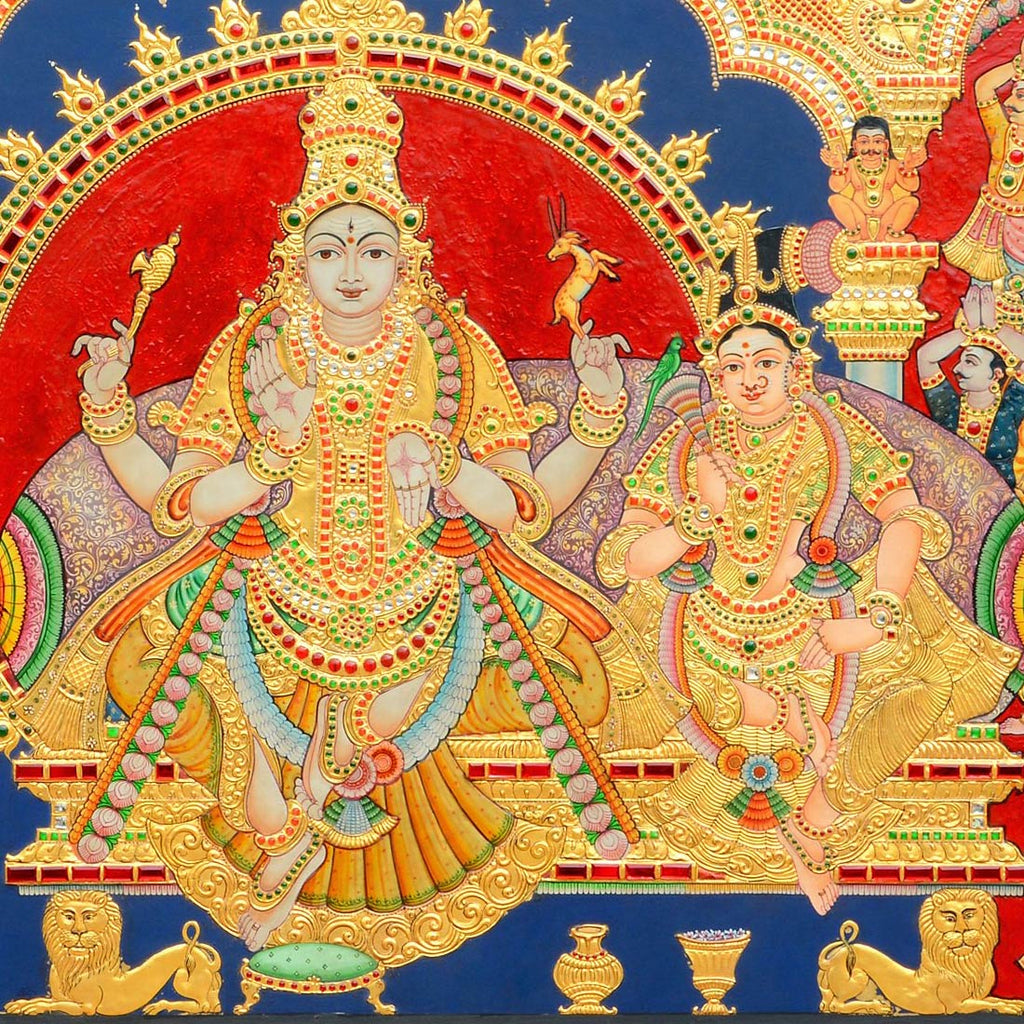
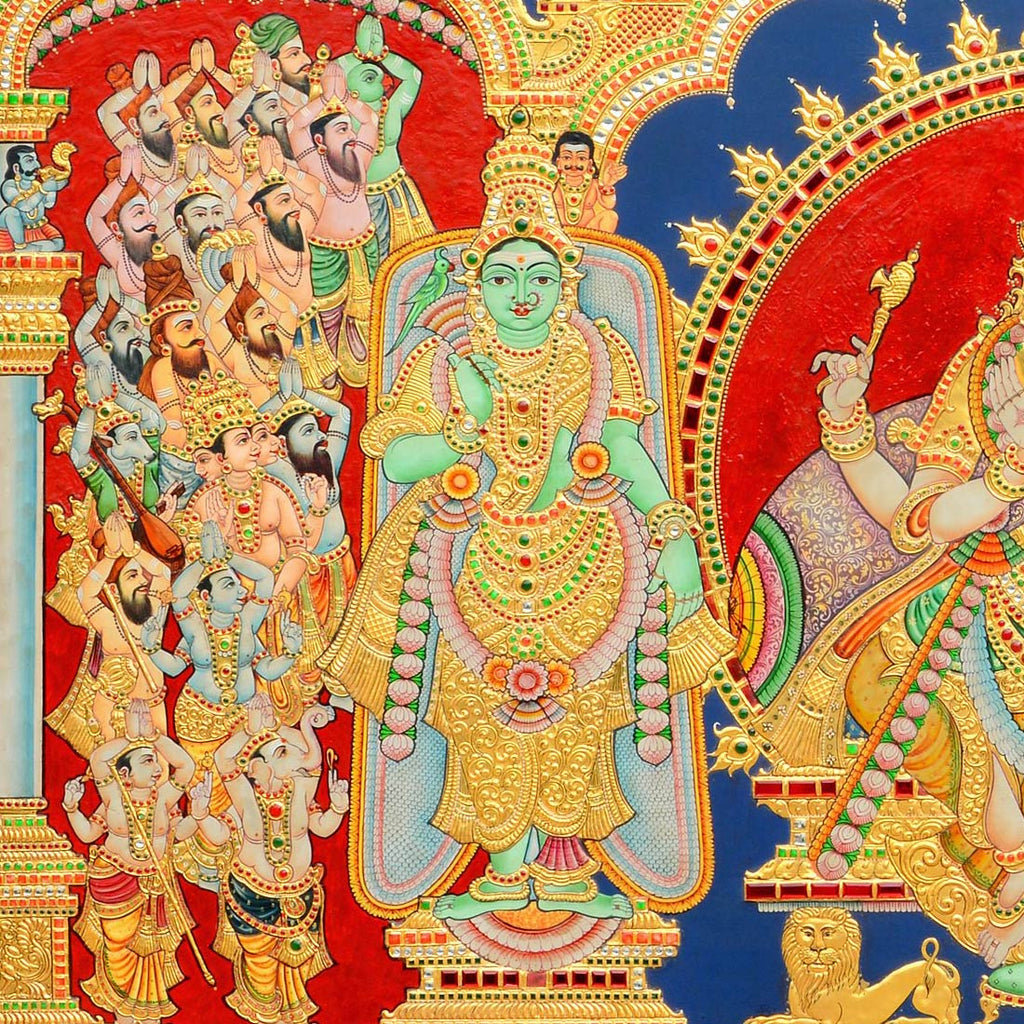
 View Full Screen
View Full Screen
